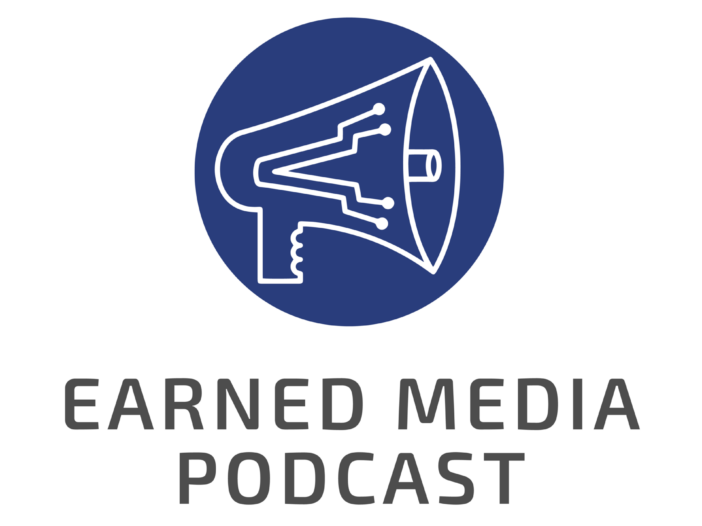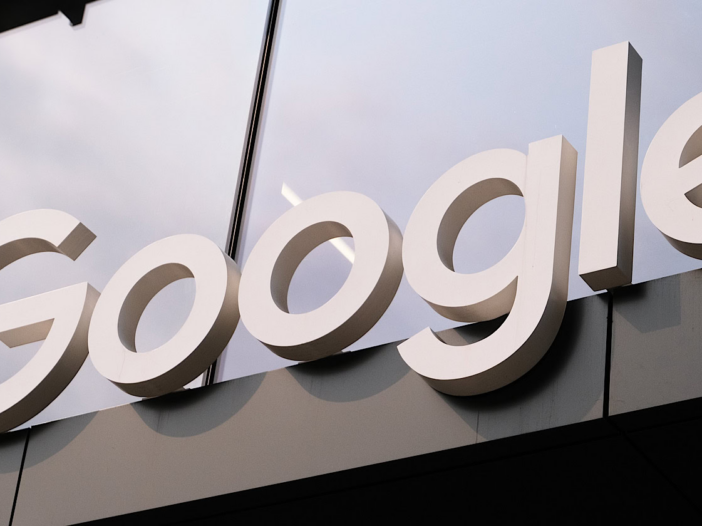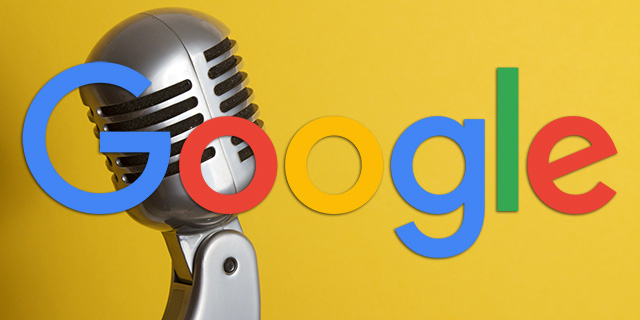| Source: SEO consultant Eric Schwartzman
Manhattan, NY, July 05, 2024 (GLOBE NEWSWIRE) — SEO consultant Eric Schwartzman has released an exclusive podcast interview with a well-known SEO consultant who runs a New York-based SEO consultancy about what the recent Google leaks mean for SEO consultants and their clients. In this special episode of the Earned Media Podcast, these SEO consultants share their revelations about search engine optimization best practices.
This podcast episode was released just days after one of the SEO consultants wrote the groundbreaking blog post announcing the leak. The post created a buzz in the SEO consulting community with revelations from leaked internal Google documents.
The SEO consulting findings shared in this podcast are already changing how SEO consultants approach SEO strategy, offering a competitive edge in understanding and navigating Google’s complex ranking systems.
SEO Consultant Uncovers Google Algorithm Secrets
In this episode, the SEO consultant discusses Google’s ranking systems and the factors influencing search results. Drawing from his extensive research and analysis, he reveals the hidden mechanisms behind Google’s algorithm, providing valuable insights for SEO professionals. These insights include a detailed examination of how different ranking factors interact and influence each other, suggesting a clearer picture of how Google determines the order of search results.
SEO Consultancy Exposes Google’s Deceptive Practices
Discover how Google appears to have misled the SEO community about key ranking factors. He explains the real role of domain authority, click data, and more, challenging the conventional wisdom within SEO consultancy, and provides evidence from the leaked documents that show discrepancies between Google’s public statements and their actual practices, revealing the need for SEO consultants to test, critically evaluate and adapt their strategies.
SEO Experts on the Impact of AI on Search
SEO experts need to stay ahead in the evolving search landscape. He delves into how AI is reshaping search and the implications for SEO strategies. Learn about Google’s Search Generative Experience (SGE) and other AI-driven changes that are redefining SEO. He highlights specific AI technologies and how they are integrated into Google’s search algorithms, emphasizing the need for SEO consultants to understand and leverage these advancements.
Actionable SEO Consultant Insights
The SEO consultant provides practical advice for SEO consultancies on optimizing for the new realities of search. He emphasizes the importance of authoritative content, user engagement, and adapting to AI advancements. He also shares specific tactics for creating content that not only ranks well but also engages users, increasing the likelihood of achieving higher conversion rates and sustained traffic growth.
SEO Consultant Discusses the Truth About Click Data
Contrary to Google’s public statements, click data plays a significant role in rankings. The SEO consultant explains how this impacts your SEO efforts and why understanding this hidden factor is crucial for SEO consultants. He provides detailed examples of how click data influences search rankings and offers strategies for leveraging this knowledge to improve SEO performance.
SEO Consultant Emphasizes Authoritative Voice in Content
Creating high-quality, authoritative content is more crucial than ever in the age of AI. This experienced SEO consultant shares insights on why an authoritative voice in content creation is key to success in the current SEO landscape. He discusses techniques for establishing authority and trustworthiness in your content, which can lead to better rankings and more engaged audiences.
SEO Consultant Offers Actionable Strategies
The SEO consultant offers practical tips on optimizing your site for AI-driven search engines. Stay ahead of the competition by implementing these actionable strategies shared by a leading SEO professional. These strategies include advanced keyword research techniques, on-page optimization tactics, and link-building methods tailored to the evolving SEO landscape.
SEO Consultant Highlights Fragmentation of Search
The increasing diversity of search platforms necessitates optimizing for more than just Google. The SEO consultant discusses the fragmentation of search and why a multi-platform strategy is essential for SEO consultants. He explains how to effectively optimize for different search engines and platforms, ensuring a broader reach and more comprehensive SEO strategy.
SEO Consultant on AI and Verification
The role of AI in search and the need for users to verify information through trusted sources like Google is crucial. The SEO consultant provides insights into how AI impacts search verification processes. He explores the ethical considerations and best practices for ensuring that AI-generated content remains accurate and reliable.
SEO Consultant Analyzes Google’s Core Updates
Recent updates are addressing AI content and the ongoing battle against spam. The SEO consultant analyzes these core updates and what they mean for SEO consultants. He breaks down the specific changes in Google’s algorithms and offers guidance on adapting SEO strategies to stay compliant and competitive.
SEO Consultant’s Best Practices for Language Models
Ranking in AI-driven search environments requires new strategies. Based on his latest research, the New York-based SEO consultant shares best practices for optimizing language models. He also provides detailed advice on creating content that aligns with the preferences of AI-driven search engines, ensuring better visibility and higher rankings.
About SEO Expert Eric Schwartzman
SEO expert Eric Schwartzman is a leading digital marketing consultant specializing in SEO and content strategy. His Earned Media Podcast is a must-listen among SEO consultants, frequently igniting heated discussions about the future of search. With years of experience and a deep understanding of the industry, he is a trusted authority in SEO, making this podcast episode a must-listen for anyone serious about staying ahead in the field of search engine optimization.
Learn these SEO Consulting Benefits:
SEO Consultant Podcast Episode Highlights
Listen to the full episode to gain valuable insights from these SEO consultants and stay ahead of the evolving SEO landscape.
Media Contact:
Eric Schwartzman
info@seonewsbureau.com





















 .
. . Without it, SEO cannot exist. I remember, when I learned SEO as a young kid in rural Germany, it was the meetups and articles from which I learned the most. That inherent willingness to collaborate is what I love about the SEO community.
. Without it, SEO cannot exist. I remember, when I learned SEO as a young kid in rural Germany, it was the meetups and articles from which I learned the most. That inherent willingness to collaborate is what I love about the SEO community. . I compete in Powerlifting and competed in Crossfit and Weightlifting before. It’s the perfect balance to sitting at the desk all day and kind of a meditation for me. I have an Instagram account solely dedicated to my fitness endeavors (which is what Instagram is for).
. I compete in Powerlifting and competed in Crossfit and Weightlifting before. It’s the perfect balance to sitting at the desk all day and kind of a meditation for me. I have an Instagram account solely dedicated to my fitness endeavors (which is what Instagram is for). .
.